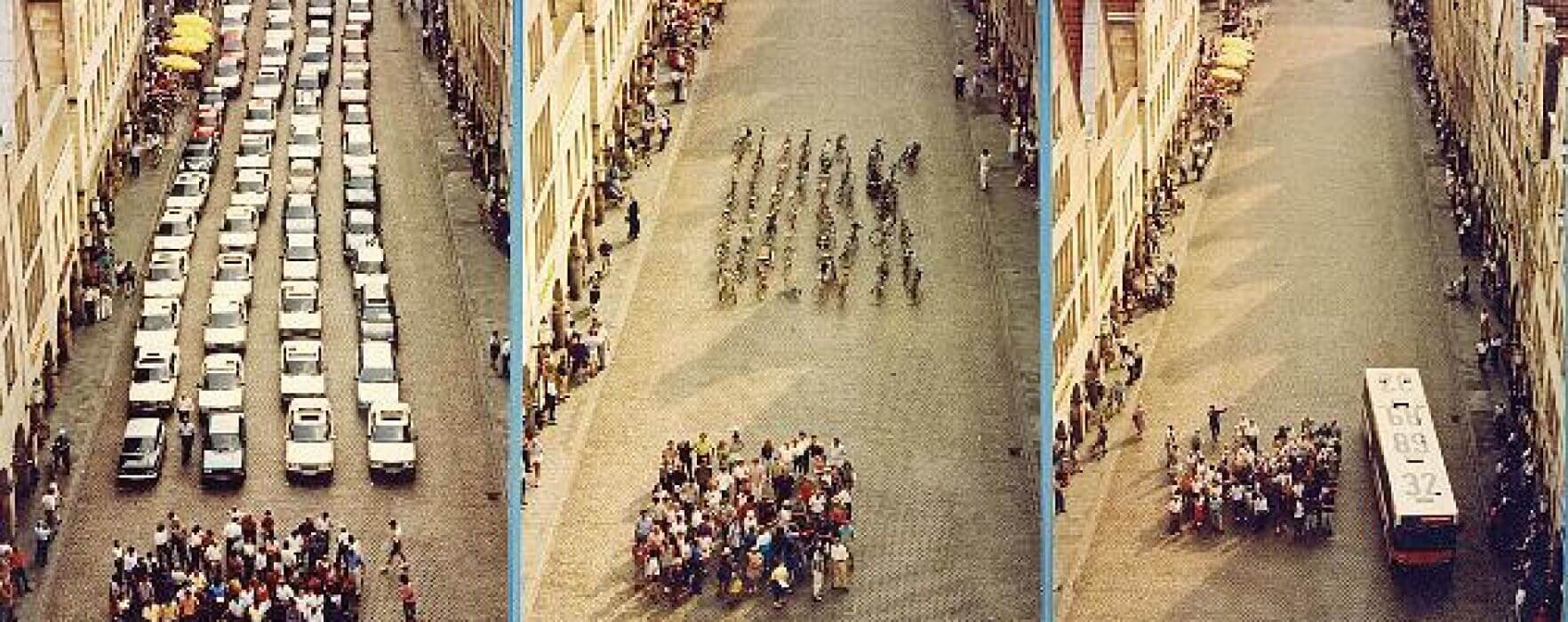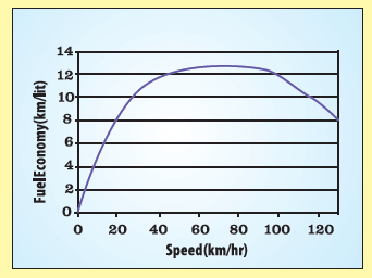Transport
Travel smart!
Your transport bill can be reduced drastically, if you select the most efficient mode of transport, improve the fuel economy of your vehicle, improve your driving habits and ensure quality maintenance.
Let’s plan well
- Reduce unwanted trips.
- Opt to cycle or walk short distances. It’s good for your health, too.
- Use public transport whenever possible. Imagine that there are 60 people who wanted to travel to the same destination. Look at the following picture. If all 60 opted to travel by car, look at the road space they will require! Traffic!! But if all sixty opted to travel by public transport, they will require only a single bus.

- Avoid heavy traffic like office-peak as much as you can. Avoid busy hours of all services you access.
- Promote carpooling.
- Avoid unnecessary traveling. For instance, use internet banking to settle your utility bills and payments. Today all utility bill payments and most subscription services such as insurance can be accessed from your home computer or a smart phone.
- Avoid snap accelerations.
- Prevent instant braking, unless for safety reasons.
- Anticipate traffic conditions and make use of inertia of the vehicle (conserve the momentum wherever possible).
- Be mindful of speed when you are driving on a highway. The optimum speed is between 70 – 80 km/hr, because this speed range gives the longest distance for the least amount of fuel. Phrased differently, you can drive more km per litres at this speed range.

- Anticipate traffic conditions and make use of the inertia of the vehicle. Use local traffic condition apps supported by Google Maps before hitting the road.
Minimise idle running
- Minimise idle running of vehicles. Idling can consume 1 – 2 litres of fuel per hour depending on the engine capacity and the use of A/C.
- Turn off your vehicle when it is parked or has to stop for a duration longer more than 2 minutes.
Proper maintenance
- Keep the engine tuned properly. Fixing back a noticeably out of tune engine can improve the fuel economy of the vehicle by 4%.
- Change filters, lubricants and coolants at the proper mileage or time.
- Check wheel alignment at appropriate mileage. It can save upto 2% of fuel. Tyre pressure 3%.
- By changing blocked air filters of a car with a carburetted engine, you can reduce the fuel consumption by 2 – 6%.
- Tighten the fuel cap properly. This will help you to prevent wastage of fuel by evaporation.
Quality lubricants
- Use good quality lubricants with the correct viscosity grade as recommended in the “Owner’s Guide” of the vehicle.
- Change lubricants before exceeding the specified mileage or period.
Good driving practices
- A badly packed roof-rack can increase fuel consumption by almost 10%, due to increasing the drag force. Install roof-racks only when necessary, not as a fact. Attachments of spoilers and body kits add weight to cars and contribute almost nothing to efficiency.
- Always tow the suitcases and other luggage in the boot of the car.
- Always start driving in the 1st gear, except when u are in a muddy path or going downhill, in which case, drive on the 2nd gear. You can change to a higher gear, when you are within the city and you are sure that the engine will not struggle. Get into a top gear the sooner it is permitted.
- Gear changes made at the right moment increase fuel economy of the vehicle. The engine revolution is faster and it consumes relatively more fuel in a low gear.
- Using the clutch to remain stationary (pause while driving) leads to a loss of fuel. It is advisable to have the vehicle in a neutral mode and in hand-braked condition.
- Use the hand break when the vehicle needs to be stopped on a gradient. Do not forget to release it while restarting.
- Periodically empty the cabin and boot, most of us carry unimaginable and useless things in the vehicle, adding weight, hence loss of efficiency.

